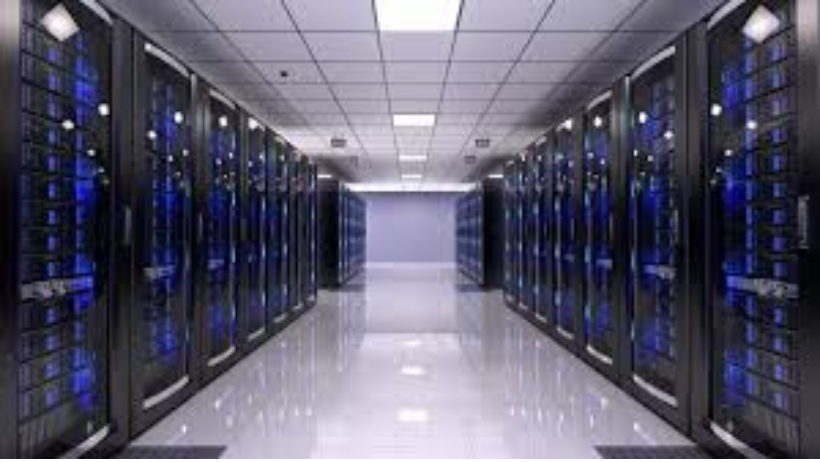If you’re diving into the world of 3D rendering, you may have asked yourself this important question: render farm vs workstation — what’s the difference, and which one is better for your project? Both play a key role in the rendering process, but they serve different purposes depending on your needs.
In this article, we’ll explain how a render farm and a workstation differ, explore their pros and cons, and help you choose the right solution for your workflow.
What is a Workstation?
To begin with, a workstation is your personal computer or high-performance setup designed to handle demanding tasks like 3D modeling, animation, and rendering. Many artists, freelancers, and small studios use workstations as their main production tool.
Advantages of a Workstation
- All-in-one setup: You model, animate, and render on the same machine.
- Lower initial cost: Compared to setting up a full render farm, a workstation is more budget-friendly at first.
- Direct control: You can easily monitor your project and make adjustments in real-time.
Limitations of a Workstation
However, workstations do have some drawbacks. For example:
- Limited hardware power: Complex scenes can take hours (or days) to render.
- Overheating risks: Long rendering sessions can put a strain on your machine.
- Slower workflows: Since you’re using one system, multitasking becomes harder while rendering.
What is a Render Farm?
On the other hand, a render farm is a group of networked computers that work together to process rendering tasks quickly. This setup is designed specifically for large-scale rendering projects and professional pipelines.
Advantages of a Render Farm
- Speed: By distributing frames across multiple machines, rendering is much faster.
- Efficiency: You can continue working on your local files while the farm handles the heavy lifting.
- Scalability: Whether it’s a short animation or a full-length film, render farms handle big projects with ease.
Limitations of a Render Farm
Still, render farms are not without challenges:
- Initial setup (for physical farms): Buying and managing multiple machines is expensive and complex.
- Data management: Ensuring all assets are correctly shared across nodes can be tricky.
- Network dependency: A slow or unstable internet connection may delay your rendering job.
Render Farm vs Workstation: Key Differences
| Feature | Workstation | Render Farm |
| Setup | Single computer | Multiple computers (local or cloud-based) |
| Speed | Slower for complex scenes | Much faster, parallel processing |
| Cost | Lower up-front cost | Higher if building your own farm; flexible if using cloud service |
| Use Case | Best for small projects or previews | Ideal for large scenes and final production renders |
| Maintenance | Easier, personal device | Requires ongoing hardware and software updates (unless using cloud) |
When Should You Use a Workstation?
You should choose a workstation if:
- You’re a solo artist or a beginner.
- Your projects are simple and don’t require a lot of rendering time.
- You want to test, model, and render all in one place.
When Should You Use a Render Farm?
You should consider a render farm if:
- You’re dealing with tight deadlines and large-scale projects.
- You need to render animations or photorealistic scenes quickly.
- You want to free up your workstation for other tasks while rendering.
Why Cloud Render Farms Are a Smart Choice
Instead of building a physical render farm, many professionals now use cloud render farms like 3S Cloud Render Farm. Here’s why:
- No setup needed: Just upload your files and start rendering.
- Pay-as-you-go: You only pay for what you use, making it affordable.
- Expert support: Get help with setup, errors, and software compatibility.
- Access anywhere: All you need is an internet connection to access powerful GPUs.
Conclusion
So, when it comes to render farm vs workstation, there’s no one-size-fits-all answer. Both options have strengths — and the best choice depends on your project needs, budget, and timeline.
For everyday modeling and light renders, a workstation works well. But for large scenes, short deadlines, or animations, a render farm — especially a cloud-based service like 3S Cloud Render Farm — will save you time and stress.
Still unsure which is right for you? Try both! Upload a test scene to 3S Cloud Render Farm and experience the difference in speed and convenience today.>> Read more: What is the difference between a CPU vs GPU render farm, and which is best?

